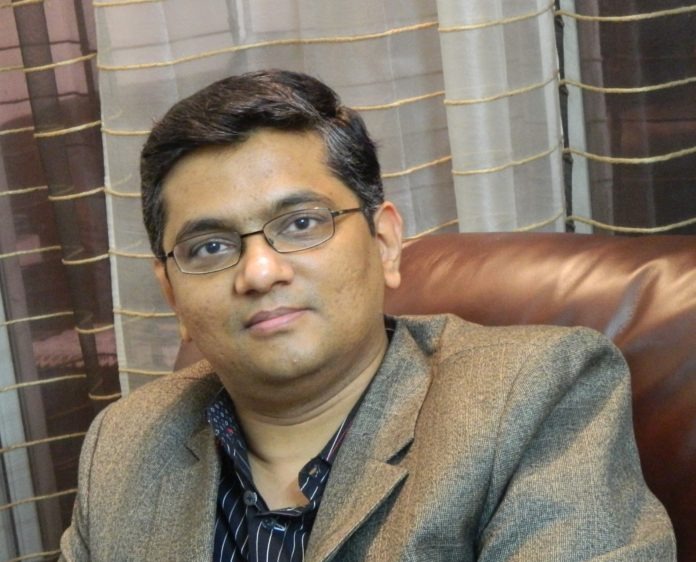Shivesh Vishwanathan, senior consultant (Mobility), Persistent Systems, speaks to Janani Gopalakrishnan Vikram about how the definition of the Internet of Things (IoT) has transformed from being RFID-centric to app-centric. He also discusses the characteristics of IoT software and the challenges in developing these.
How has the definition of the Internet of Things changed over time? At one time, people were talking about just RFID. But now, it appears as if the IoT is fuelled more by smartphones and their apps, than anything else. What do you think?
In the evolution of the IoT, we have gone from short-range, specific communication of proprietary devices to smartphones and tablets. However, as the field evolves further, the apps revolution will pervade beyond smartphones and tablets and into consumer goods like televisions, refrigerators, home automation systems and others; what we call Consumerware – consumerisation of software. While the IoT started from a hardware perspective, software-based solutions like apps, app stores, location, Web-based protocols and others will fuel the future growth of Consumerware and the IoT. So, the definition of IoT has expanded from being centred around just short-range, RFID-centric device identification to encompass various categories of consumer devices through which intelligent devices as well as people can interact with each other.
What kind of mobile applications do you think are fueling the concept of the Internet of Things?
The apps for IoT are still in nascent stages. There are smart refrigerators from players like LG and Samsung; and then there are Google Glass and Pebble Watch that act as the entry point for IoT capabilities. However, the challenge with deploying meaningful systems using IoT on multiple devices is that the various endpoints need to be put together to provide a service. These require complementary server systems, ideally based on Cloud Computing technologies to be put in place.
Location-based apps are apparently very popular. Apart from that, could you give some other examples, of say, IoT in healthcare?
In the healthcare field, Persistent is working with medical device companies to build smart applications that interact with implants that are capable of monitoring bodily functions and in some cases, also perform actions like delivering mild shocks to the hearth. These devices usually use proprietary communication technologies to interact with mobile devices, tablets and even Web applications.
What are the special challenges related to developing IoT applications?
The support systems, including frameworks, regulations, privacy and security are important considerations, apart from the server-side enablement that is required and the end-to-end use-cases that need to be developed.

Are there special software development kits (SDKs) available for this purpose?
The work in some areas such as medical devices are proprietary, and use proprietary SDKs. Large-scale availability of frameworks, SDKs and reusable components is still 2-3 years away when it comes to implementation that goes beyond individual needs.
What kind of solutions, services or IP does Persistent offer in this space?
Persistent’s Mobility and Cloud Computing groups provide software services around developing IoT solutions and applications, especially in the area of healthcare and medical devices. Due to the nascent nature of IoT evolutions, these services cater to the customised development that is required for companies that want to embrace IoT in managing patient health, manufacturing floor or other niche areas where the use-cases are more developed than where generic solutions could apply.













